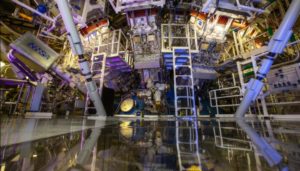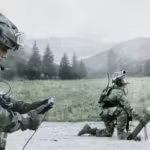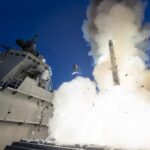
Experiments resumed at the National Ignition Facility at the Lawrence Livermore National Laboratory in California in late April, following a COVID-19 shutdown, the Department of Energy's National Nuclear Security Administration said late Friday. The high-powered laser facility’s MShock series of tests resumed with a shot on April 26, followed by more shots that week, the semiautonomous nuclear-weapon agency said in a press release. The National Ignition Facility tests materials at conditions similar to those observed in the early stages of…

 By
By 











